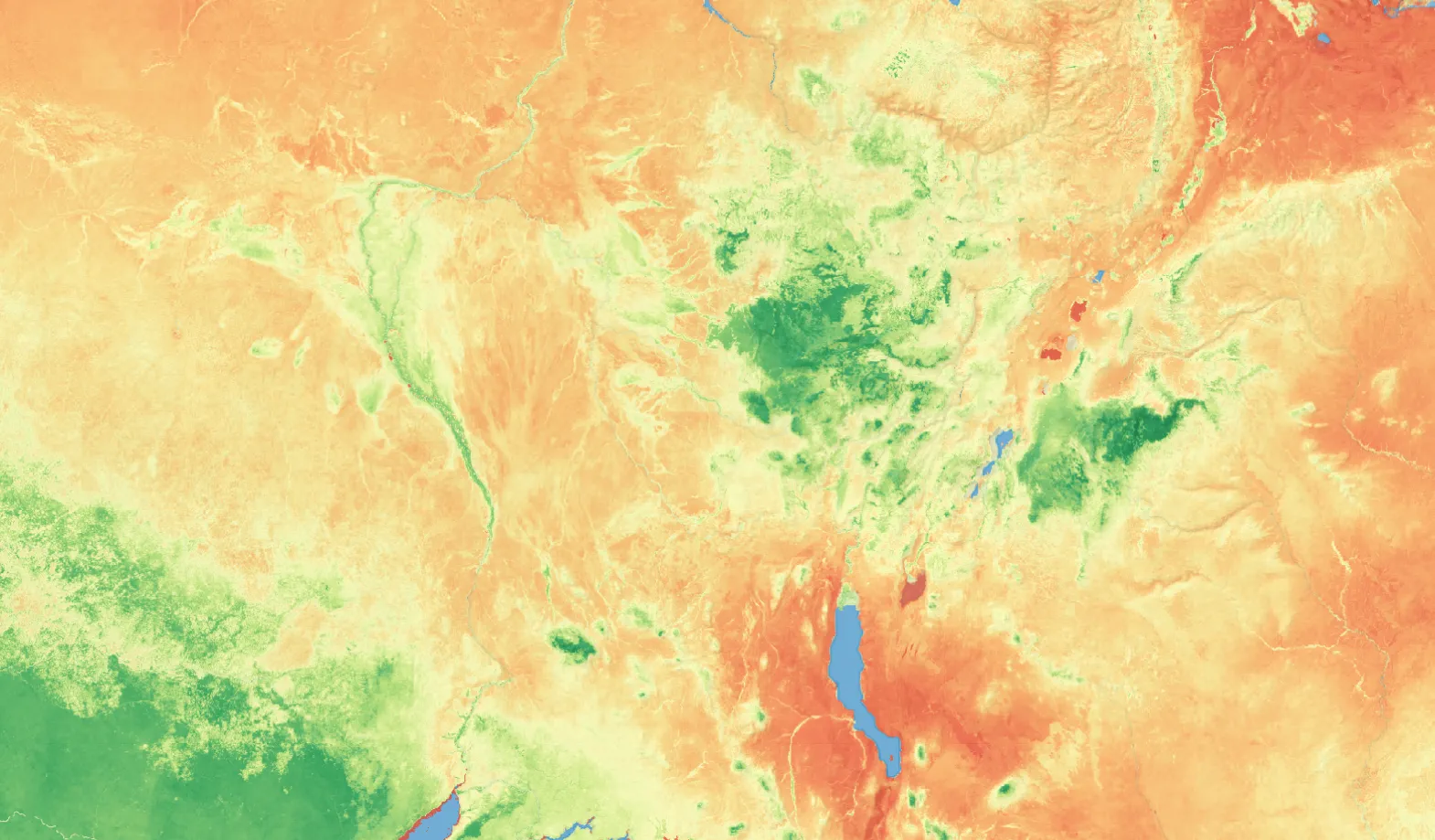Digital Earth Africa
Data and Services Roadmap

Guiding Technical Priorities for Africa's Needs
The Data and Services Roadmap is developed by the Digital Earth Africa Science team with guidance and input from the Technical Advisory Committee. The Roadmap guides the development of Digital Earth Africa’s infrastructure and services. It identifies the possible technical avenues we can implement, with an overview of the challenges, opportunities and downstream impacts of input datasets and output products. The purpose of the Technical Roadmap is for Digital Earth Africa to be responsive to the needs and priorities of Africa by providing the information required to set the technical priorities that align with program outcomes.

Key Principles and Components
The Data and Services Roadmap is based on a user-centric design approach. It Indicates the developments to be undertaken to bring data into Digital Earth Africa, and to deliver the thematic services that will be built and delivered based on those datasets and their analysis., following a number of key principles:
Input Datasets
The foundation of the Digital Earth Africa platform is built on CEOS Analysis Ready Datasets and ancillary data from satellite systems such as Landsat (US) and Sentinel (Europe). These datasets serve as the raw data for generating output services, and users can access them directly through the Digital Earth Africa Platform.
The Digital Earth Africa Platform
The Digital Earth Africa platform itself is the software infrastructure that supports data visualisation, discovery, and analysis. It enables users to interface seamlessly with Digital Earth Africa’s data and services, providing essential tools for interacting with satellite data and the derived services.
The Digital Earth Africa Services
The services are the information products derived from the input datasets. These services are continually updated as new input datasets become available. They may be refined and improved based on user feedback, incorporating new sensors, algorithms, and auxiliary data to better serve user needs.
 English
English  Português
Português  Français
Français  العربية
العربية